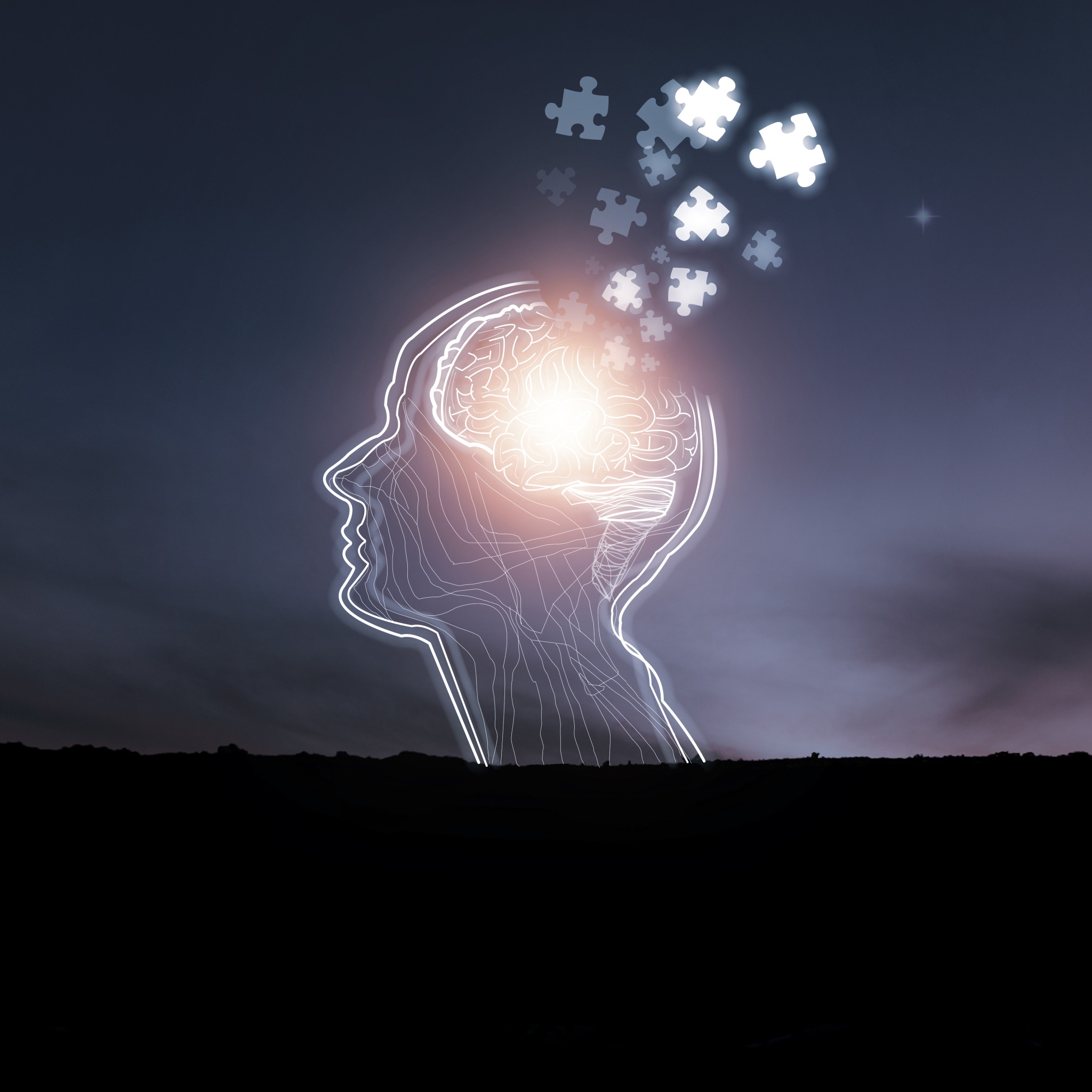Rinse & rePeat
Member
- Joined
- Mar 10, 2021
- Messages
- 21,516
Clearly our life path’s crossing has been a blessing to all three of us. Seriously, thank you both, for saying such kind words.Well said @Lizb agreed that @Rinse & rePeat is a forum treasure. She brightens peoples days on the forum and clearly everyone she comes into contact with.
Cheers to you @Rinse & rePeat for sharing your mantras on life.



